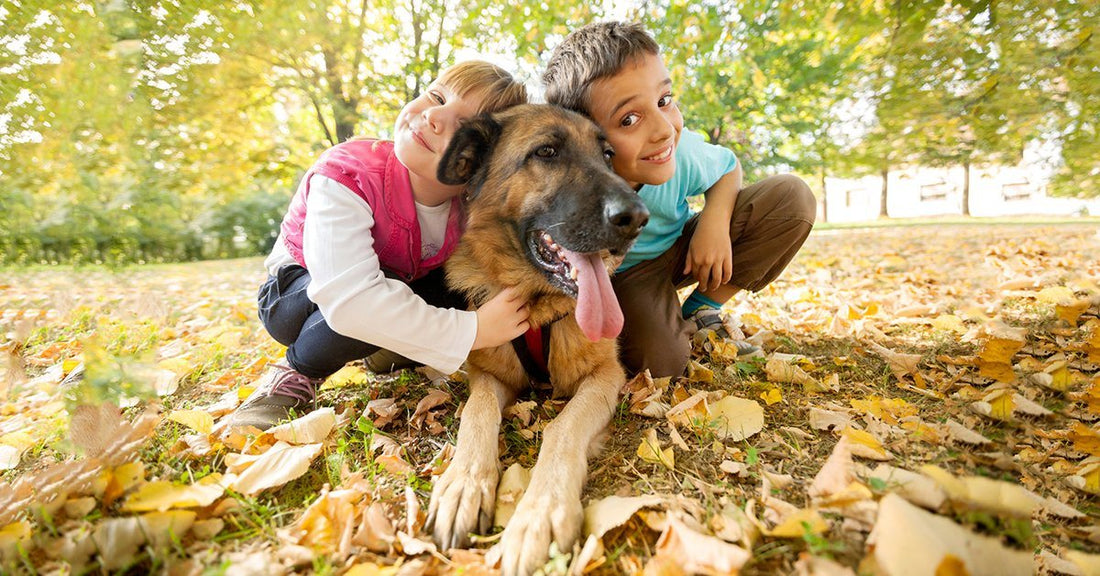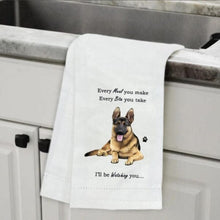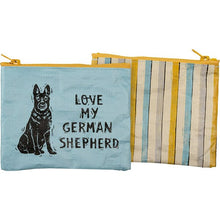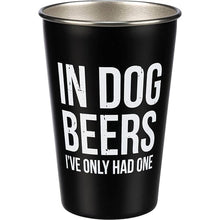How To Keep Your Dog From Getting Rough With Kids

There’s nothing like a peaceful day out in the yard or inside with your dog and kids. However, all of that can quickly become ruined by a dog that is too rough with kids. It is a scary situation when a dog becomes too rough. Now, we are not talking about a dog that is harming a child because they have some issue, but rather a dog that is playing and is becoming too rough and is in danger of harming a child. Dogs are playful creatures, and in your little doggy family, to your dog, children are more like dogs than you will ever be. They play like dogs, they often smell like dogs, and they even crawl on all fours and act like dogs sometimes. They’re the right size to be dogs.
So, is it really in wonder that your dog wants to treat your child like another dog? Some dogs may play with a child as if it is a dog and not even understand why it is in trouble. There are lots of reasons this behavior must be corrected. It could scare your child. It could harm your child. As a parent, one of my greatest fears while teaching my horse-of-a-puppy to not jump up on people, was that she would jump on a child while we were out at the park or walking, and harm someone without meaning to. She believes she is a 5-month-old, 45-pound lap dog, and she doesn’t understand her own size or strength.
So, teaching her when it was appropriate to jump, and when it is not, was one of our first steps to ensuring she would not hurt anyone. Teaching her not to jump up on children at all was a must. You will need to get rid of certain behaviors all together, not just limit them. A dog should never be allowed to chew on a child’s clothing, hands, arms, or other body parts. A dog shouldn’t even be allowed to put their mouth around a child’s appendages. Jumping up should also be nixed. Setting clear and definitive rules is the best way to keep a dog from accidentally hurting a child, toddler, or infant. Teach your kids as well. It is not enough to only teach the dog. Also teach your kids. It is never too early to start showing and telling your kids what is acceptable (petting) and what is not (wrestling).
Most importantly, always supervise your dog and child, or make sure an adult is in the room. Your child and dog should never be allowed to stay in the same room without adult supervision. Your child could easily anger or hurt the dog, and the dog might turn and bite. Accidents do happen, but they are less likely to happen if you have a close eye on both the dog and the child/children.
What do you think? Are there some instances when a child should be allowed to play with a dog? Do you have your own tricks to teaching your dog to not be rough with little ones? Let us know your comments, ideas, and thoughts in the comments section. We would love to hear all of your thoughts on the subject.
























